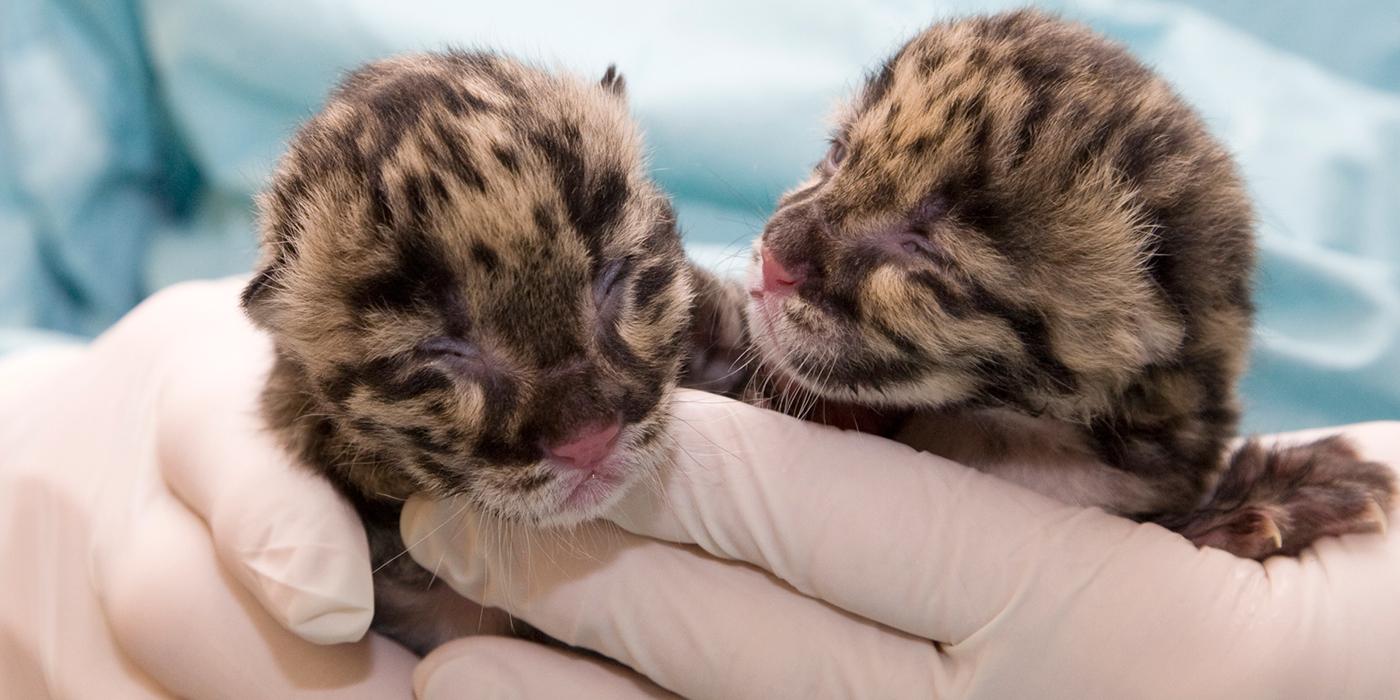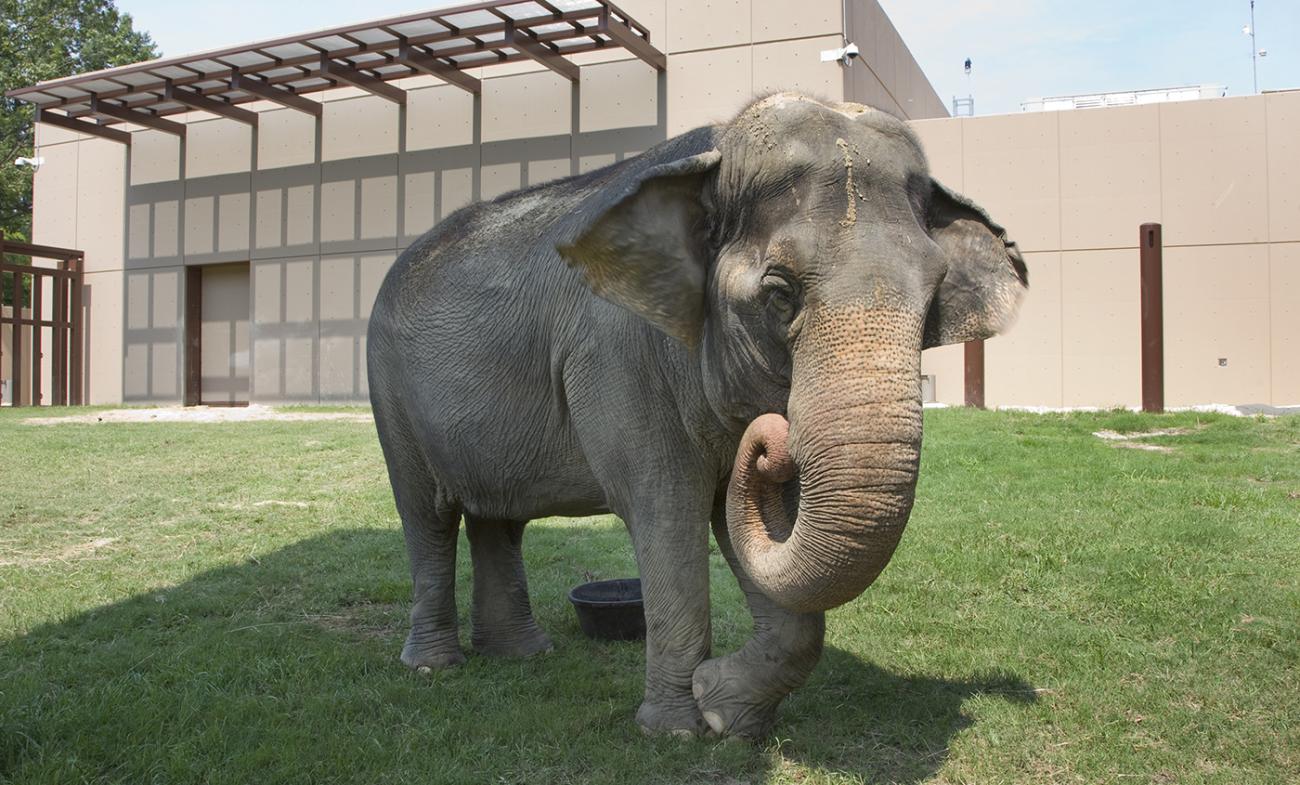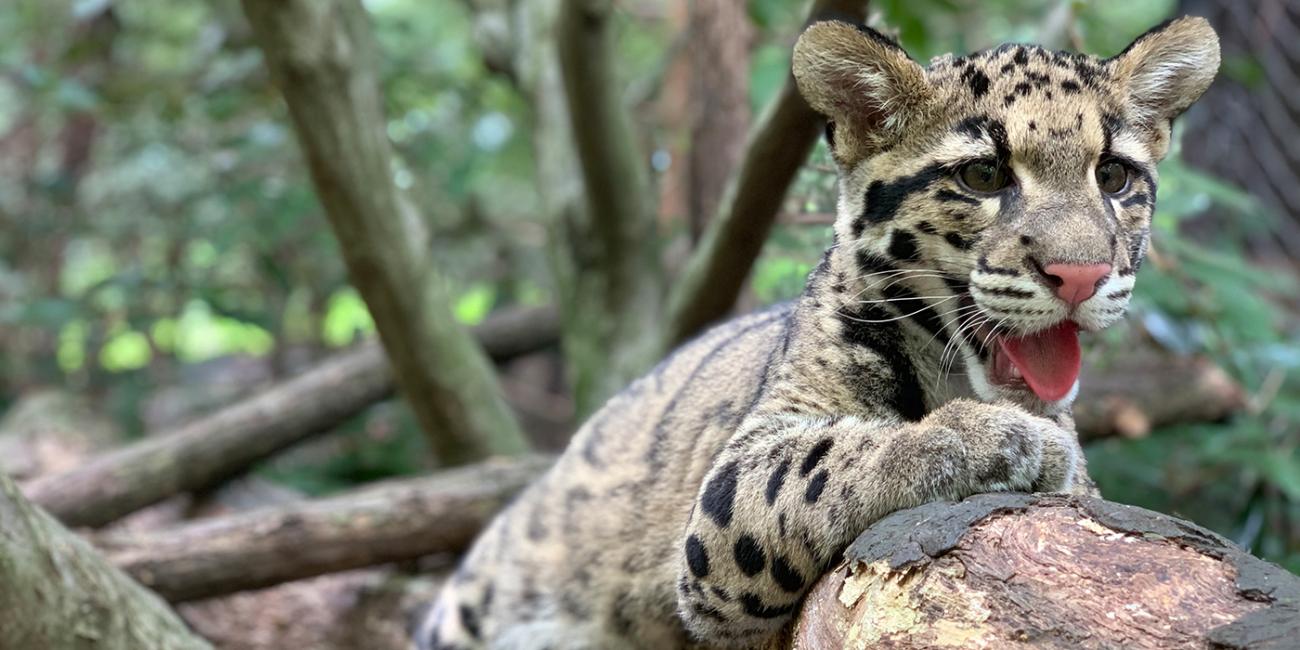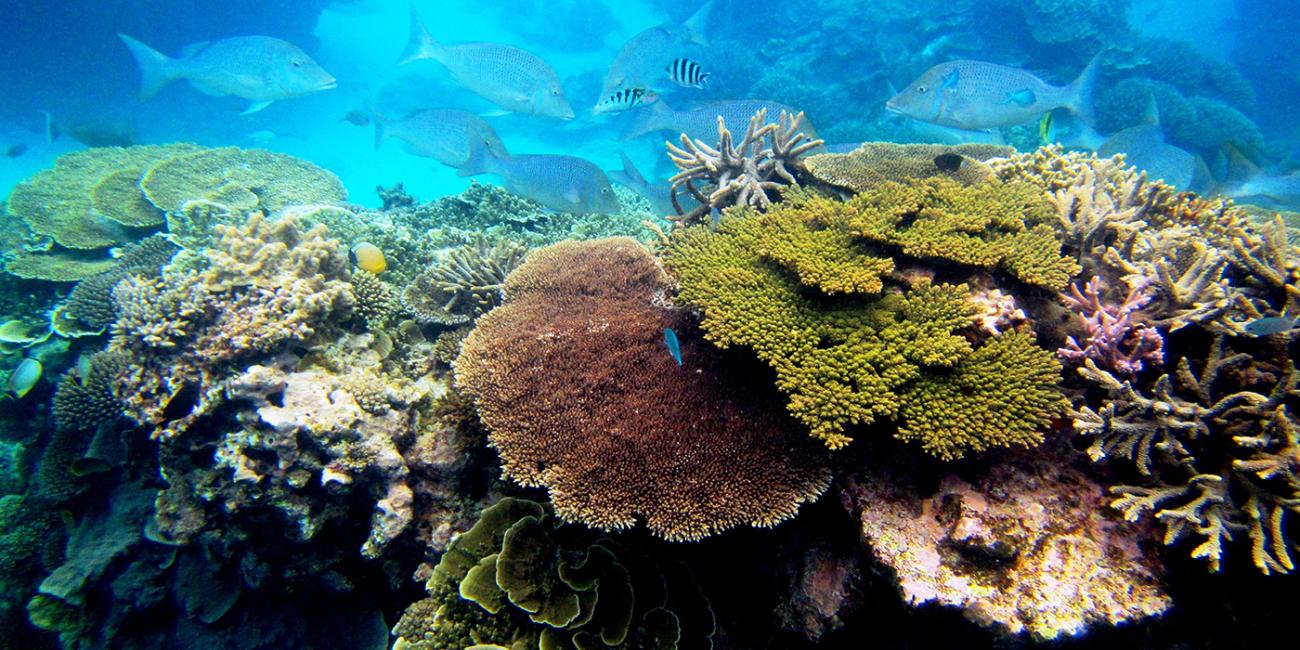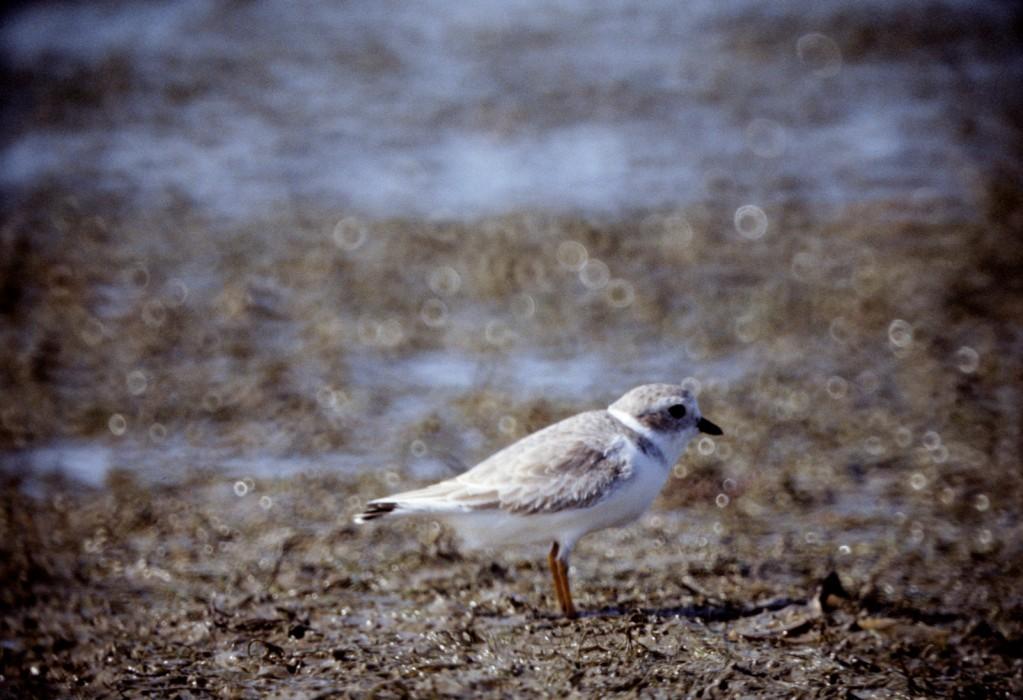Wildlife Endocrinology
Preserving wildlife species and their habitats is critical for maintaining a healthy planet. The Smithsonian Conservation Biology Institute’s Endocrinology Research Laboratory is dedicated to improving the management of endangered species by conducting basic research and by offering hormone-monitoring services to zoos, wildlife organizations and research collaborators. The main function of the laboratory is to evaluate hormones to enhance the reproduction, health and well-being of wildlife living in zoos and in the natural world.
The Endocrinology Research Laboratory is the largest, most productive and most respected wildlife endocrinology laboratory in the world. Scientists contribute to research in animal biology and offer support and training services to organizations involved in species conservation. Working with numerous partners allows the Endocrinology Research Laboratory to directly improve the management of small populations of endangered species. As the first and largest endocrine service laboratory for wildlife species, the Endocrinology Research Laboratory works with facilities in all 50 states.
Need for Expertise in Reproductive and Welfare Sciences
The Endocrinology Research Laboratory fills the need to train young biologists who have ambitions to conduct hypothesis-based and controlled studies on whole animals, and to directly affect animal management and conservation. Reproduction and welfare are key to species survival, and associated endocrinological studies are fundamental to understanding how an individual, population or entire species perpetuates itself. This information has applied value whether trying to maintain small populations in zoos or providing advice to authorities responsible for maintaining viable populations in situ. Virtually all endocrinological research and associated funding has been directed at humans, livestock, laboratory and companion animal species. Thus, the scientific community’s understanding of how different animals mechanistically reproduce and what factors impact their welfare is focused on a handful of species. The Endocrinology Research Laboratory explores reproduction and well-being more broadly, and has increased our appreciation for the physiological differences among species, even those closely related within the same family. Lastly, there is considerable interest by students to study nontraditional species and ‘whole animals.’ Most reproductive research in academia is primarily molecular/cellular.
Research efforts of the Endocrinology Research Laboratory are connected to the scientific disciplines of behavior, reproductive biology and stress management. This has played a key role in the development of noninvasive hormone monitoring techniques for feces, urine, saliva, and, most recently, hair, in a vast array of species. Staff have been involved in endocrinological research at SCBI since 1987, resulting in more than 500 peer-reviewed publications. Staff also serve as consultants and advisors on several Species Survival Plans and Taxon Advisory Groups.
Examples of how endocrinology research has altered zoo animal management include:
- Learning that cheetah females experience reproductive suppression if housed together; thus breeding requires they be housed separately
- Discovering that stress levels in clouded leopards can be mitigated by housing them in tall enclosures away from other large predator species, and by hand-rearing cubs
- Understanding the role of stress hormones in the manifestation of disease syndromes in the black rhinoceros, and also ways to alter management to reduce stress (for example, reducing the proportion of the enclosure perimeter exposed to the public; not housing rhinos together except for breeding)
- Learning how zoo lights festivals compromise reproduction in seasonal, photo-sensitive species
- Reinforcing how reproductive monitoring can aid breeding introductions of stress-susceptible species
- How sociality impacts ovarian cyclicity in African elephants
- How enriching cages with hiding places greatly reduces stress levels of small felids (margay, ocelot, tigrina)
Many exhibit and husbandry changes in recent years to reduce stress and improve reproduction are based on similar findings.
Training
Because the Endocrinology Research Laboratory is one of only a few laboratories that does noninvasive hormone monitoring, students and visiting scientists vie for positions that offer training, research advice and mentoring. Training takes place in the laboratory at the Smithsonian Conservation Biology Institute in Front Royal, Virginia, as well as in a number of range of countries, in the form of training workshops. With help from SCBI scientists, endocrinology laboratories have been established in China, Thailand, Sri Lanka, Brazil and Australia to aid management and conservation of local species. More than 100 Ph.D., M.S., D.V.M. students, post-doctoral fellows and senior visiting scientists have received training at SCBI’s Endocrinology Research Laboratory.
Current Projects
- Reproduction and welfare of elephants
- Stress management of managed wildlife species and relation to fertility
- Development of assisted reproduction techniques
- Comparisons of endocrine function between zoo and free-living species

